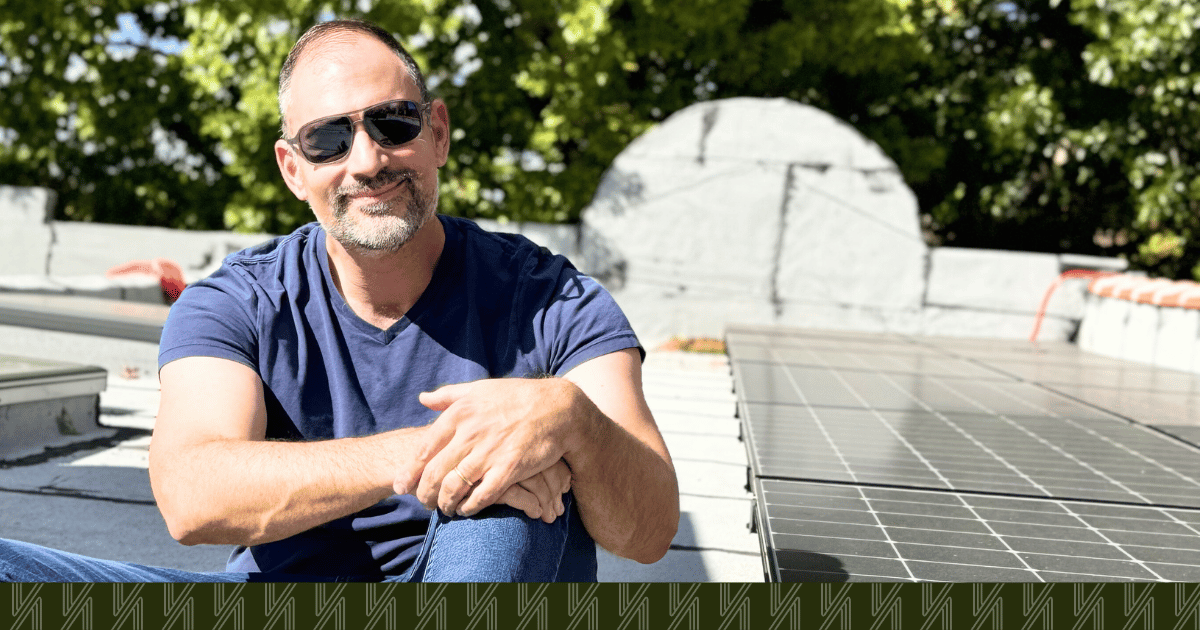If you’ve been thinking about the idea of solar panels for your home, 2026 might be your year. Picture your roof doing double duty—keeping the rain out and quietly lowering your electric bill—while your kids ask why the meter spins backward on sunny afternoons. That’s the kind of everyday magic I hear about from Queens homeowners who’ve made the switch. The big questions I get are the same ones you probably have: Does solar pay off in NYC? What incentives still exist? Will it genuinely enhance the value when you decide to sell?
Let’s break it down: locally, clearly, and without the jargon.
The money side: incentives that stack in NYC
Federal credit (the big one). As of today, homeowners can claim 30% of eligible system costs through the federal Residential Clean Energy Credit. It’s slated to run at 30% for systems placed in service from 2022–2032, with step-downs after that. Always confirm with your tax professional, but this remains the largest single line of savings that most Queens owners can claim.
NY State personal income tax credit. New York adds a 25% state income tax credit (capped at $5,000) for residential solar on your principal residence. If you can’t use it all in one year, unused amounts can carry forward for up to five years. (The rules and Form IT-255 spell out the details.)
NYC Property Tax Abatement (PTA). In the five boroughs, NYC offers a property tax abatement equal to 30% of eligible costs, applied over four years at 7.5% per year (caps apply). It’s taken against your property tax bill—not your income taxes.
NYSERDA/NY-Sun incentives. The standard residential incentive blocks in Con Edison territory have been fully allocated, but affordable solar projects (income-eligible households) can still qualify for a separate incentive (recently listed at $0.80/W in Con Edison). Your installer will check current availability when you get quotes.
Bottom line: in many Queens cases, homeowners stack the 30% federal, 25% NYS (up to $5k), and 30% NYC abatement over four years. That combination can trim a meaningful chunk off the upfront price.
How your Con Edison bill changes (and why your credits look “different”)
New York is shifting from old-school net metering toward the Value of Distributed Energy Resources (VDER), a framework that credits your exported solar based on when and where it hits the grid. Many mass-market customers in ConEd territory can still enroll in net metering, but you’ll also see a small Customer Benefit Contribution (CBC) line item each month (for ConEd residential projects, the 2025 published rate equated to $1.84 per kW-month of system size). Your installer can model both options—net metering vs. VDER—to show which yields better savings for your roof and usage.
Will solar add value when you sell?
Short answer: owned solar (not leased) can add value, and buyers increasingly see it as a feature, not a quirk. A widely cited study from Zillow found homes with solar sold for about 4.1% more on average than similar homes without it (results can vary by market and system). In practice, I’ve seen that premium show up here when the system is owned and documented, and the electric bills tell a clear story.
Pro tip for resale:
Keep your permit package, warranty, spec sheets, and 12 months of electric bills in a simple folder.
Ask your installer for a one-page system summary: size (kW), age, inverter model, warranties, and production estimate to share with buyers.
Roof realities in Queens: do our buildings even work for solar?
Plenty do. Flat and low-slope roofs are common in Queens, and NYC code explicitly allows solar as a “permitted obstruction” above the roof up to defined heights, with separate rules in manufacturing districts. Local Laws 92/94 require new roofs and many major roof renovations to include a “sustainable roofing zone”—green roof, solar, or both—so even if you’re not going solar now, the city is steering rooftops that way long-term. Your installer will handle permits and DOB specifics; your job is to provide recent roof info and access.
What a realistic 2026 payback looks like in our borough
Every roof is different, but here’s the pattern I see in Queens:
A typical rowhouse or two-family might fit a 6–10 kW system.
You’ll get a proposal with modeled annual production (kWh), your ConEd rate assumptions, and bill savings under net metering or VDER.
Incentives stack as above (federal/state/NYC).
Payback often lands in the 7–12 year range in ConEd territory, depending on roof size, shading, financing, and your electric usage—faster if your daytime usage is higher or if electricity prices rise.
Ask each installer for two versions of the model: net metering with CBC and VDER “Value Stack” credits. Make sure they use your actual last-12-months usage, not a generic house profile. (Good proposals will cite the utility’s published CBC and clearly show the rate assumptions behind the savings.)
So, should you go solar in 2026?
If your roof is viable and you plan to stay at least 5–7 years, solar in Queens can make your home more marketable when you sell, especially if you own the system. With a 30% federal credit still in play, New York’s 25% state credit, and the NYC property tax abatement layered on top, 2026 remains a strong window to run the numbers and compare quotes.
If you want a sanity check on your roof, block, and resale plan, I’m happy to look over proposals and translate the fine print into plain English. That way, your panels can pull their weight—lower bills now, a cleaner appraisal later, and a home that quietly does more for you every sunny day.
Tax rules can change. Please confirm incentive eligibility with your tax professional and installer at the time you purchase.


